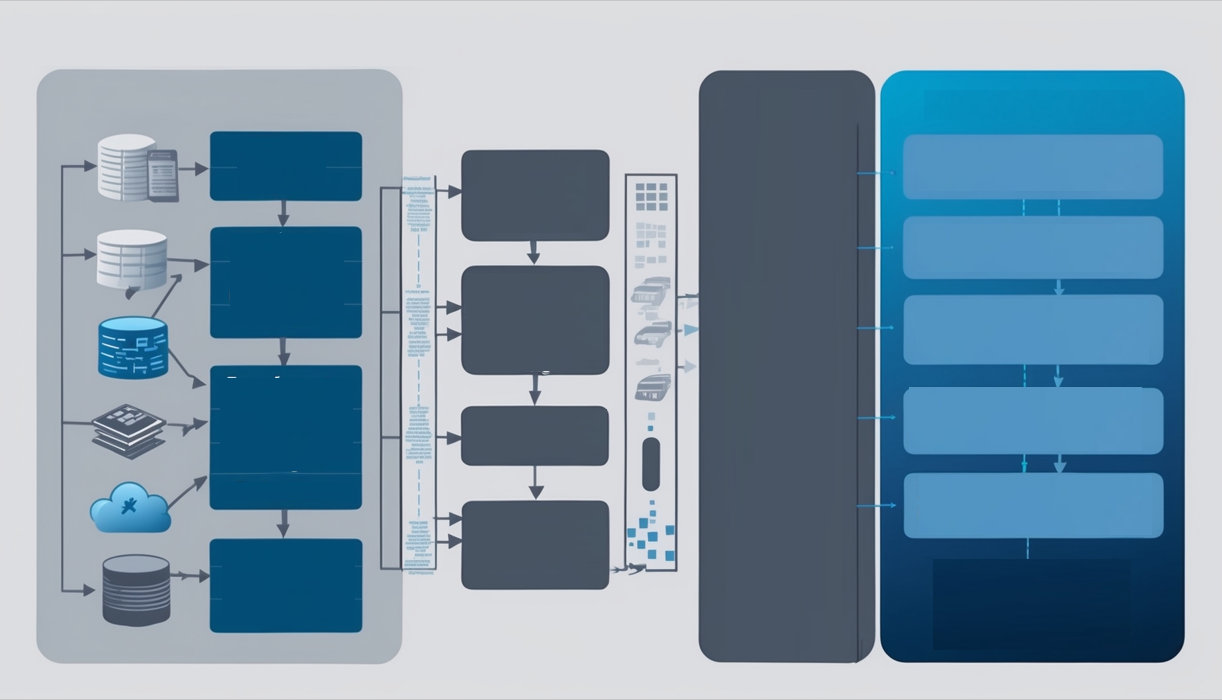
Strategic Guide to Building a High-Maturity Enterprise Data Strategy
This strategic data guide explores a practical framework to assess, benchmark, and evolve your enterprise data strategy. It outlines five critical decision areas—governance, capabilities, platforms, access, and operating models—supported by real-world archetypes and actionable steps to help you achieve data maturity and scale business value.






